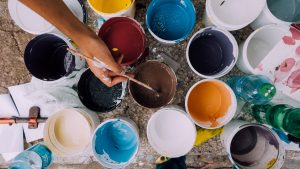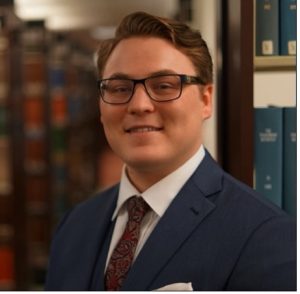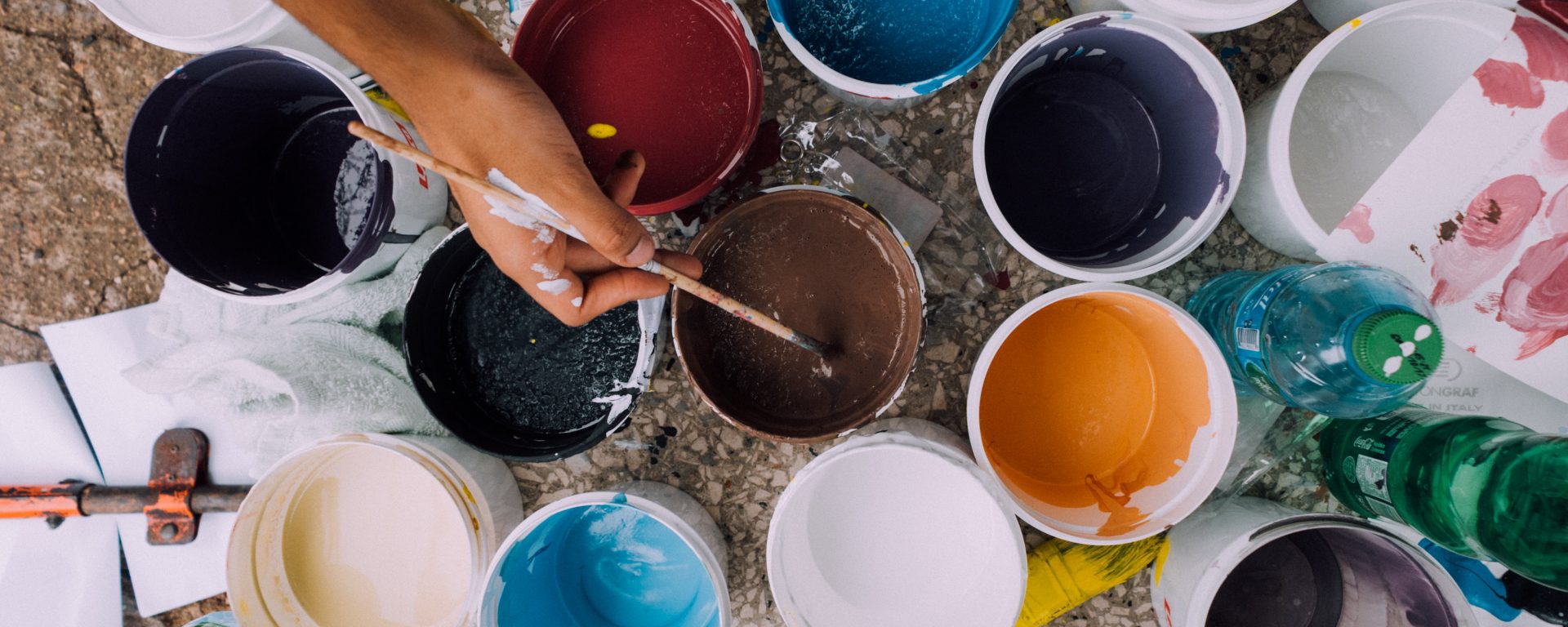The New York Times recently reported a story about Vermont Law School and a mural on their campus that gave rise to a copyright dispute. The mural, painted by a white man, depicts slavery and the evils around it. Many who have seen the mural objected to how African Americans were depicted. Indeed, they found that the depictions were racist caricatures of black people.
In response to those objections, Vermont Law School announced their intentions to place a permanent barrier in front of the mural so it cannot be viewed. The artist of the mural, Sam Kerson, then filed suit in a federal trial court in Vermont arguing that the barrier would be a violation of the Visual Artist Rights Act, and seeking a preliminary injunction to stop Vermont Law School from covering up the mural with a permanent barrier. An injunction is when a party of a lawsuit is trying to get a court to compel or stop another party from doing something.
The federal judge denied the preliminary injunction Kerson was asking for. In other words, the District Court (federal trial courts are known as district courts), denied Kerson’s request to stop Vermont Law School from removing the mural. Kerson then appealed the case with the appellate court, holding arguments on the case on January 27, 2023. Looking at the District Court’s opinion can help assess on how the appeallate court should rule. But before we can do so, we must first discuss the Visual Artists Rights Act (VARA).
Moral Rights
The central issue in this case is the 1990 Visual Artists Rights Act (VARA), which is incorporated under the more encompasing Copyright Act of 1976. This statute essentially says that an author of a “visual work of art” has the right to claim authorship of the work as well as prevent “intentional distortion, mutilation, or modification” of the work that would be “prejudicial” to the artist’s “honor or reputation.” The rights created by VARA are commonly known as “Moral Rights.”
In plain English, the statute says that an artist of a visual work can stop, through an injunction, another party from changing or removing a work of visual art when it would damage the artist’s reputation. Under the Copyright Act, a visual art work includes paintings, drawings, prints, or sculptures existing in a single copy, or no more than 200 signed and consecutively numbered copies. This would not include posters, maps, or technical drawings. You can see the Copyright Act’s full definition of a visual work here.
There are exceptions to these rights. Section 113(D) creates an exception to an artist’s moral rights when the artwork was made part of, or incorporated into, a building. That is, when an artwork was made part of a building, and that building was set to be destroyed or otherwise modified in a way that would destroy the artwork, VARA would not apply. This exception only applies when the artists consented to the installation of the artwork before VARA was enacted (VARA was enacted in 1990) or when the artist agrees to a waiver that allows for the destruction of the work.

The District Court’s Decision
Kerson’s main argument at trial was that concealing the artwork behind panels is a modification of the work. Essentially, Kerson argued that concealing the work would lead it to deteriorate. Thus, according to Kerson, the deteriorated work would be in essence modified or destroyed. Therefore, concealing the work would cause its deterioration which would then lead to the works modification or destruction.
In the District Court’s opinion of the case, the Court first stated that the Section 113(D) exception does not apply. This is because, quite simply, the artwork was commissioned after VARA was in effect (the work was made in 1993). Further, there was no waiver regarding the artist’s moral rights.
Regarding the argument that concealing the artwork would leave to the ruin of the work, the Court found that there was no evidence to support that concealment would deteriorate the work. Thus, the Court rejected this claim. Since there was no evidence that concealing the work would lead it to deteriorate, Kerson’s argument that concealment would lead to a modification or destruction of the mural fails.
In determining whether that concealment was a modification of the work, the Court looked to the plain meaning of the words “modify” and “destroy.” In construing the meaning of those terms, the court found that “modify” meant to alter or change an object, not to conceal it from view. In construing “destroy,” the Court found that it meant “to damage in an irreparable fashion as in burning, tearing, or discarding an artwork.” In other words, neither destroy or modify means to remove from display.
Thus, the District Court found that concealing the work would not modify or destroy it and was therefore not a violation of VARA. As such, the Court denied Kerson’s request to bar the concealment.
Final Thoughts
As this is being written, the 2nd Circuit (the appellate court) has not released their opinion on the case after hearing arguments on January 27, 2023. It appears that the district courts construction of “modify” or “destroy” will be central to the appeallate courts decision.
Frankly, Kerson does not seem likely to win if the appellate court agrees with the district courts construction of “modify” or “destroy.” This is because, under VARA, there must first be an intention to modify the work before even considering whether doing so would be harmful to the artist’s reputation.
In my opinion, the District Court’s holding is right. Both the terms “modify” or “destroy” does not inherently mean covering something from view. If that was the case, merely putting an artwork in storage could potentially violate an artists moral rights. In such a case, art collectors and musuems across the country could see a flood of litigation for simply storing works of visual art. Without evidence that concealing the mural would lead to it to deteriorate, all Vermont Law School is doing is concealing the mural from view.
While this is subject to the appellate court’s decision, there is a takeaway from all this. That is, if you are a creator of a visual work, you may have more protections than you initially realized. Indeed, works of visual art may have more protections than other types of copyrights.

Bryan Bott
Assistant Blogger
Loyola University Chicago School of Law, JD ‘23
